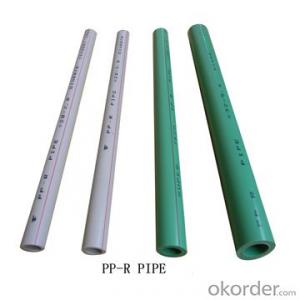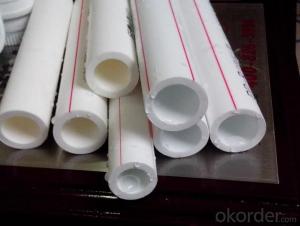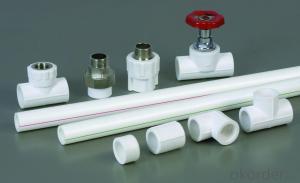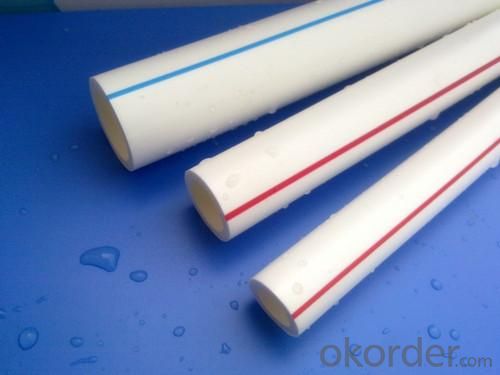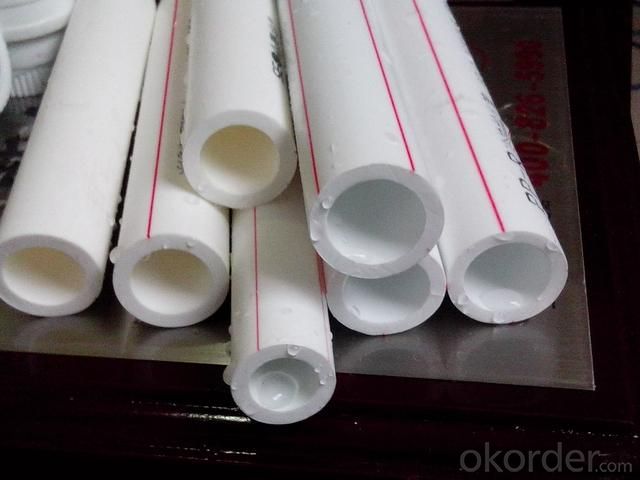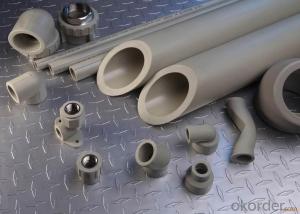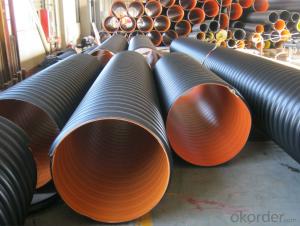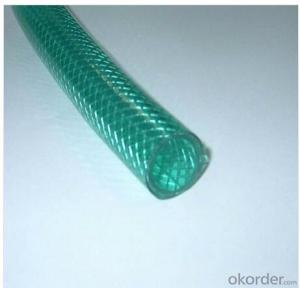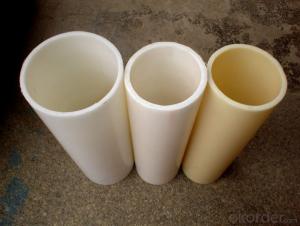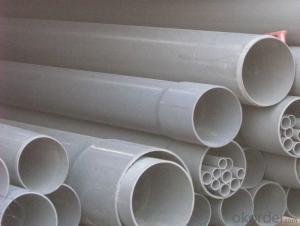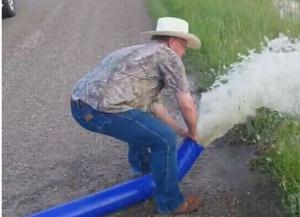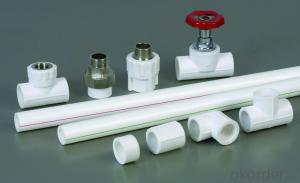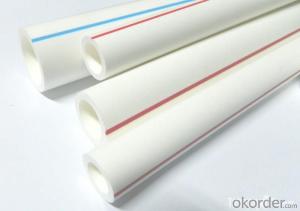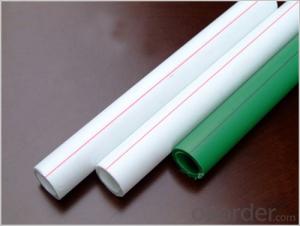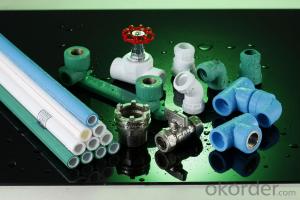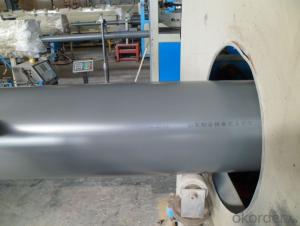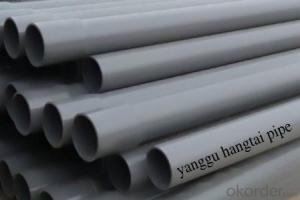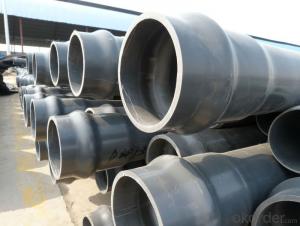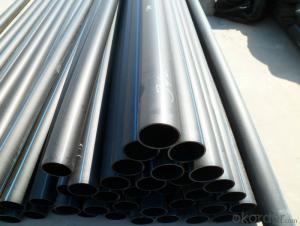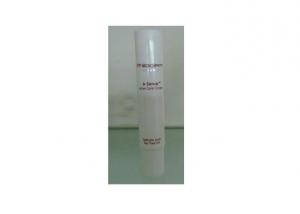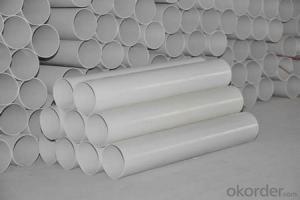PPR Pipe Water Supply DN160mm DIN 8078 White Colour
- Loading Port:
- Shanghai
- Payment Terms:
- TT OR LC
- Min Order Qty:
- 1000 m
- Supply Capability:
- 10000 m/month
OKorder Service Pledge
OKorder Financial Service
You Might Also Like
Description of PPR Pipe
1. In accordance with the norms of DIN 8077/8078;
2. With the exceptional heat stability and its corrosion resistant performance, this Plastic Pipe has become the most reliable plumbing system for hot and cold water applications with service life in excess of 50 years.
Application of PPR Pipe
As a key type of Construction Material, it is widely used in the following fields:
1. Portable water supply in residential buildings, hospitals, hotels, shipbuilding etc;
2. Pipe networks for rainwater utilization systems, swimming pool facilities, agriculture and horticulture, industry, i.e. transport of aggressive fluids (acids, etc);
3. Heating pipe for residential building.
Characteristics of PPR Pipe
1. Highly hygienic & non-toxic;
2. Light weight & no leakage;
3. Easy installation & handling;
4. No calcification & sedimentation;
5. No bacterial & fungal growth;
6. Heat-preservation and energy-saving;
7. Recyclable—benefit for environment.
Parameters of PPR Pipe
1. Dimensions: DN.20-160mm 16mm can be order making
2. Pipe series: SDR11/S5/PN10, SDR9/S4/PN12.5,SDR7.4/S3.2/PN16, SDR6/S2.5/PN20
3. Safety Coefficient:C=1.5
4. Manufacture according to GB/T 18742.2 (Chinese Standard) and DIN: 8078 / 8077(EU and German Standard)
5. Color: Grey, White, Green or others.
6. Form supplied: 4m straight lengths or other
ppr tube all the size
OUTER
DIAMETER (DN-MM) |
PACKING
UNIT(M) | NOMINAL WALL THICKNESS (EN MM) | |||
PIPES VALUE(PRESSURE OF 20°C ,Mpa) | |||||
S5(PN1.25) | S4(PN1.6) | S3.2(PN2.0) | S2.5(PN2.5) | ||
20 | 120 | 2.0 | 2.3 | 2.8 | 3.4 |
25 | 80 | 2.3 | 2.8 | 3.5 | 4.2 |
32 | 52 | 2.9 | 3.5 | 4.4 | 5.4 |
40 | 32 | 3.7 | 4.5 | 5.5 | 6.7 |
50 | 20 | 4.6 | 5.6 | 6.9 | 8.3 |
63 | 12 | 5.8 | 7.1 | 8.6 | 10.5 |
75 | 8 | 6.8 | 8.4 | 10.3 | 12.5 |
90 | 4 | 8.2 | 10.1 | 12.3 | 15.0 |
110 | 4 | 10.0 | 12.3 | 15.1 | 18.3 |
160 | 4 | 14.6 | 17.9 | 21.9 | 26.60 |
Pictures of PPR pipes and fittings
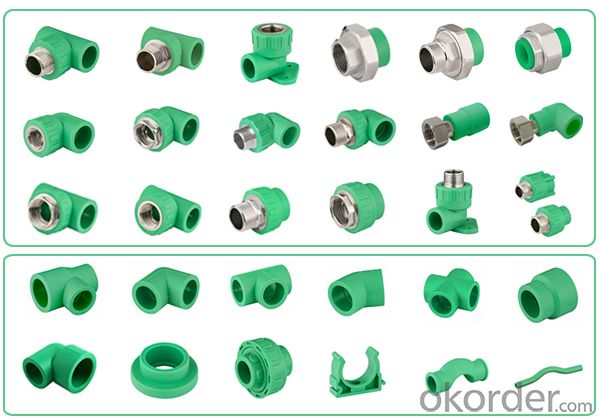
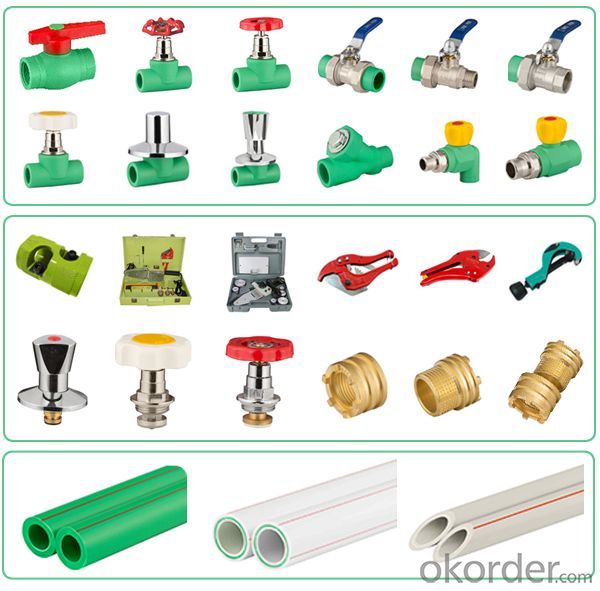
Packing of PPR pipes
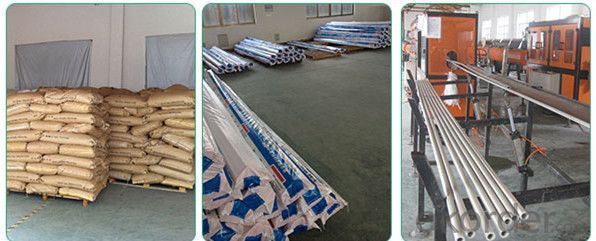

FAQ:
1. why choose our factory ?
we are the professional ppr maufacuter the products series is very completely .
we have the professnial exported team more exprience ,reasonable price and best sales service . we have office
all overthe world .the customer is spread over the world .the exported market is the southeast ,asica,the
north and south america ,the european and middle east place so on !
2.How to order?
do not hesitate to contact by online or Email as soon as possible once you are interested in our products. The specific quotation will be offered basing the request dimension and quantity.x
3. Can you offer sample pipes and visit my factory?
Yes, we can. But as usual, the buyer have to pay the shipment fee for the sample.
4. What about the quality?
all products according to ISO and National highest standard, also we can offer CE, ASTM certificate if necessary. The guarantee and insurance is 50 years upon rational usage.
5. What payment is available?
Most payment method is available such as L/C, T/T and so on. At usual, 30% t/t deposited before producing and 70% C/L upon B/L for huge purchase.
6.the advantage for us ?
You may be looking for good plastic supplier hard, and you may waste of much time to find similar products at simiar price, and maybe some trading company is wasting your time to chose by higher price .P send your purchase list and you will see how professional we are.
7.Guaranteed:
If products’ quality don’t accord to discription as we give or the promise before you place order,
we promise 100% refund.Our service formula: best quality+best price+best service=customer’s trust
- Q: The dishwasher behind my bar at work has a leak. The pipe that's leaking is Parker Parflex PP 3/8 plastic tubing that connects into a metal nut and brings clean water in. The pipe has a leak exactly where it meets the nut, so in theory I could cut off the cracked portion and then re-seal it to the nut. Can I cut it with wire cutters? Should it be sanded after I cut it? Do I use a teflon sealant? Thanks for any help!
- That should be a compression fitting. If it's a brass fitting then they are one time use. You can get a new brass fitting, cut the PP tube clean with a knife or a razor blade - be careful not to cut yourself please, then install the nut over the tube, slip the compression ring over the tube and if there's an insert that goes inside the PP, insert that. Then push the hose into the fitting and slide the nut and ring to the threaded portion of the fitting and tighten it. Be careful to tighten it enough to seal but not so tight you cut through the pipe again. It's likely the reason you have the leak in the first place is because someone overtightened it. OR you can simply buy a replacement hose. I'd prefer a wire braid shielded pipe. Stronger and made with a professional fitting on the end, one you don't have to mess with. My opinion, replacing the tube is the better idea. And they're not stupidly expensive either. Good luck with your project. '')
- Q: Can plastic tubes be used for sewer lines?
- Yes, plastic tubes can be used for sewer lines. Plastic pipes, such as PVC (polyvinyl chloride) or HDPE (high-density polyethylene), are commonly used in modern sewer systems due to their durability, resistance to corrosion, and ease of installation. Plastic tubes offer a cost-effective and efficient solution for sewer line applications.
- Q: What are the common diameters of drainage plastic tubes?
- The common diameters of drainage plastic tubes range from 2 inches to 6 inches.
- Q: Are plastic tubes resistant to UV degradation?
- Plastic tubes can vary in their resistance to UV degradation depending on the type of plastic used. Some plastics, like PVC and HDPE, have inherent UV resistance and can withstand prolonged exposure to sunlight without significant degradation. However, other plastics, such as polycarbonate or acrylic, may be more susceptible to UV damage and can degrade over time when exposed to UV radiation. Therefore, it is important to consider the specific type of plastic used in the tubes when determining their UV resistance.
- Q: How are plastic tubes labeled with expiration dates?
- Plastic tubes are typically labeled with expiration dates through the use of adhesive labels or direct printing on the surface of the tube itself. These labels or prints usually include the month and year of expiration to ensure proper tracking and disposal of the tubes when they reach the end of their shelf life.
- Q: Are plastic tubes resistant to oil and grease permeation?
- Yes, plastic tubes are generally resistant to oil and grease permeation.
- Q: I need to find a wholesaler who sells clear plastic tubes, like what you would find buttons in in a craft store (needs to have a lid). They need be be about two inches in diameter, and 6-12 long. I've tried google, clearbags, and every resource I can think of, but I'm coming up short. Help is appreciated!
- Ask other stores where they order there's from. Sure it's going to a competitor for help but when your desperate you gotta go!
- Q: What industries use plastic tubes?
- Several industries utilize plastic tubes, including the medical and pharmaceutical industry for applications like IV tubing and medical devices. The construction industry uses plastic tubes for plumbing and electrical wiring. Additionally, the packaging industry utilizes plastic tubes for various purposes like cosmetic packaging, food containers, and industrial packaging.
- Q: How do plastic tubes compare to metal tubes in terms of durability?
- Plastic tubes typically have lower durability compared to metal tubes. While plastic tubes are lightweight and resistant to corrosion, they are more prone to cracking, breaking, or deforming under pressure or extreme temperatures. On the other hand, metal tubes are generally stronger, more rigid, and capable of withstanding higher pressures and temperatures, making them more durable in various applications.
- Q: I have speed queen commercial washers and the pressure sensing system becomes compromised by soap build up in the tubes that lead to the pressure switches. I have removed and manually cleaned each tube. Does anyone have experience with a chemical I can run through a wash that will disolve the continual build up and that chemical will not do damage to the rubber/plastic tubing?
- Soaps are soluble in mildy basic solutions, like ammonia. You might try that. Of course, if you're getting a build-up, it may mean your water is running high on calcium magnesium ions (i.e., it's 'hard'). In that case, water softeners may be your best best.
Send your message to us
PPR Pipe Water Supply DN160mm DIN 8078 White Colour
- Loading Port:
- Shanghai
- Payment Terms:
- TT OR LC
- Min Order Qty:
- 1000 m
- Supply Capability:
- 10000 m/month
OKorder Service Pledge
OKorder Financial Service
Similar products
Hot products
Hot Searches
Related keywords
